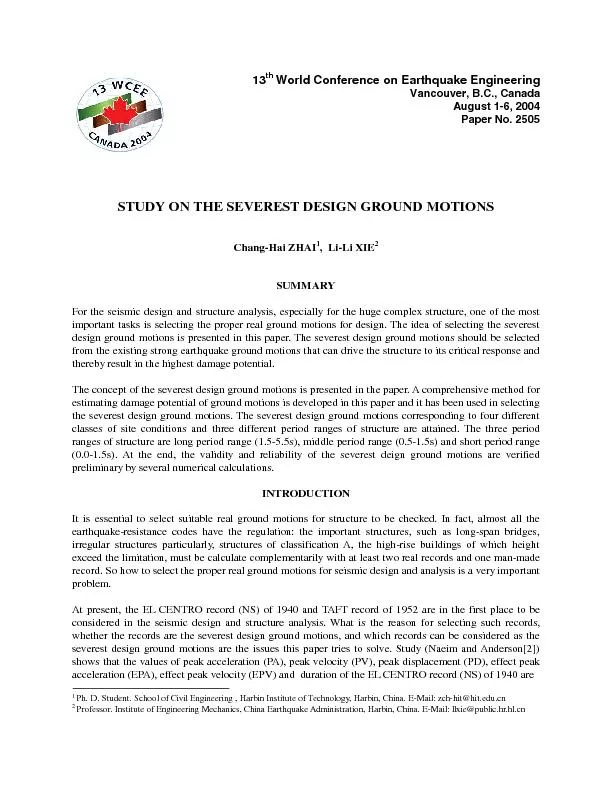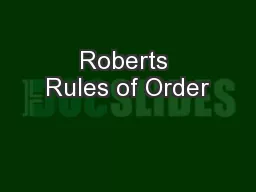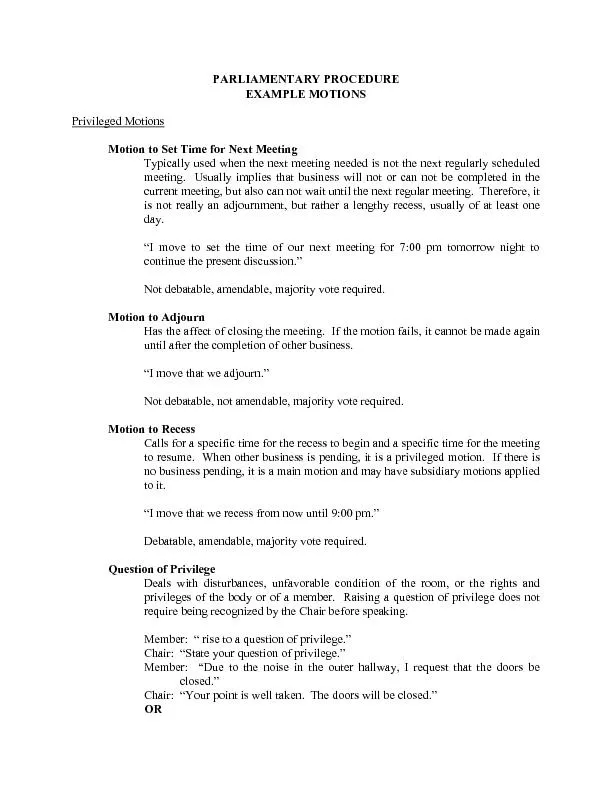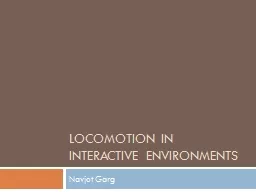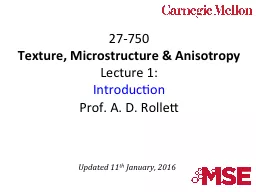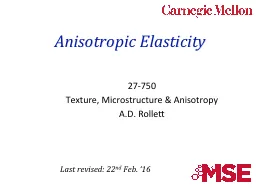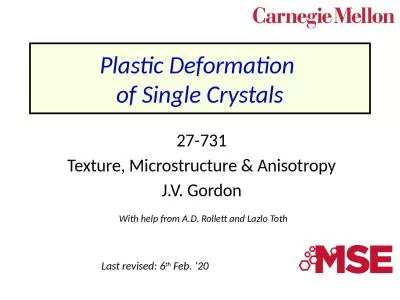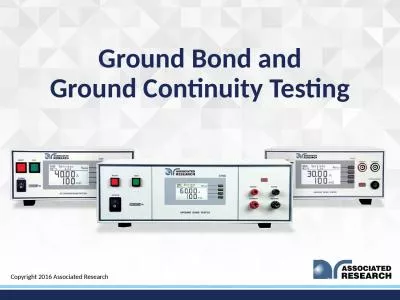PDF-ACKNOWLEDGE The ground motions used in the paper are provided by assis
Author : karlyn-bohler | Published Date : 2016-07-31
6 La Union Michoacan Mexico of 1985shorten form is Mex site condition is I 7 Los Angles Griffith Observation Northridge of 1994 shorten form is Northridge site condition
Presentation Embed Code
Download Presentation
Download Presentation The PPT/PDF document "ACKNOWLEDGE The ground motions used in t..." is the property of its rightful owner. Permission is granted to download and print the materials on this website for personal, non-commercial use only, and to display it on your personal computer provided you do not modify the materials and that you retain all copyright notices contained in the materials. By downloading content from our website, you accept the terms of this agreement.
ACKNOWLEDGE The ground motions used in the paper are provided by assis: Transcript
Download Rules Of Document
"ACKNOWLEDGE The ground motions used in the paper are provided by assis"The content belongs to its owner. You may download and print it for personal use, without modification, and keep all copyright notices. By downloading, you agree to these terms.
Related Documents

